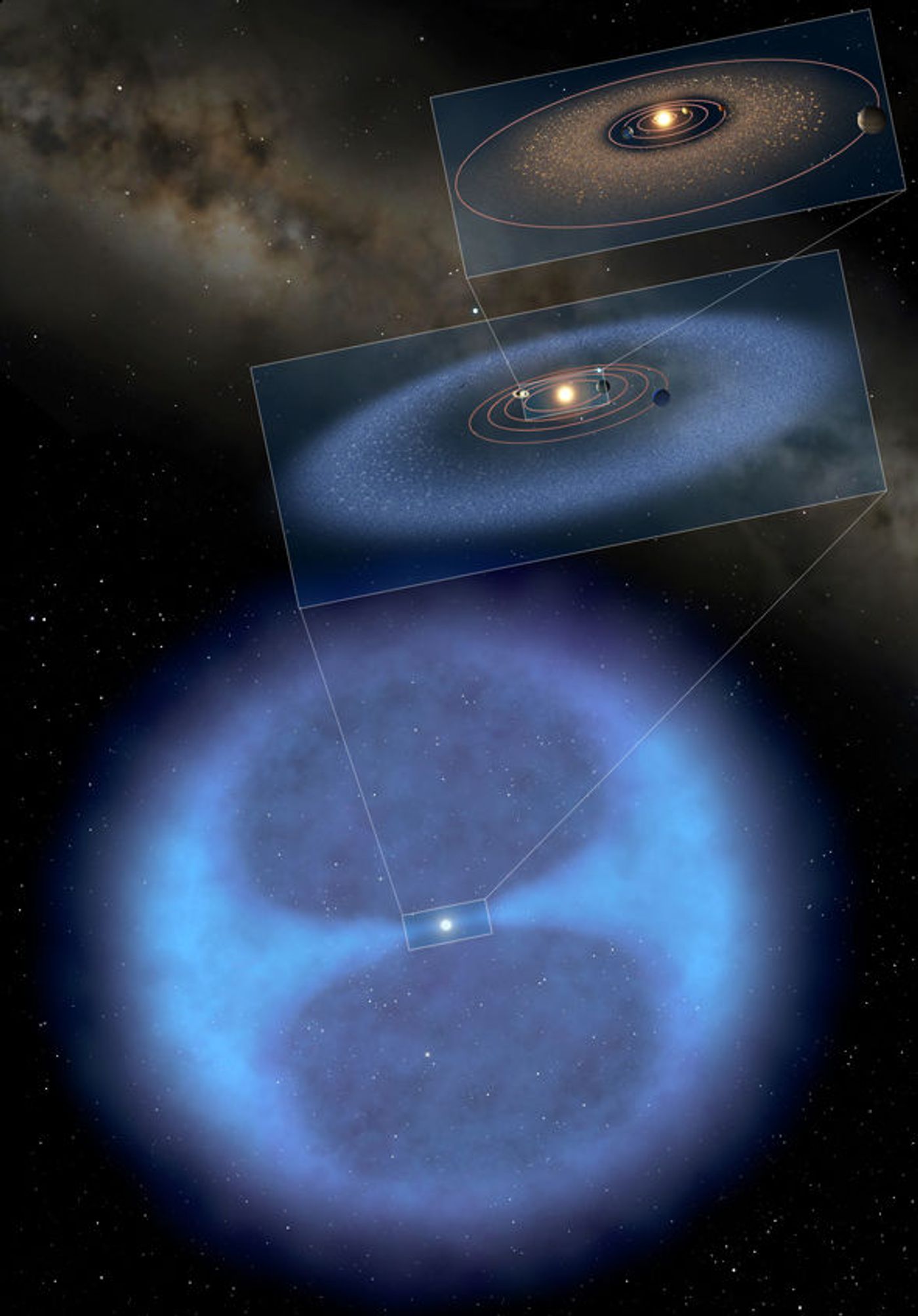Is a Distant Star on a Crash Course With Our Own Solar System?
What if we told you another star some 64 light years away from us is on a crash course with the Solar System? Well, it turns out that’s probably the case. Fortunately, you’re not in any danger.
Image Credit: Skeeze / Pixabay
Known as Gliese 710 said star on its way towards the Earth, the Sun, and the rest of the planets that make up the Solar System. Making matters even worse, this star has its own space rocks orbiting it, and all of that stuff is probably headed this way too.
While it’s not going to arrive in your lifetime, it is estimated in a study published in the journal Astronomy & Astrophysics to reach our Solar System sometime in the next 1.35 million years. When this happens, Earth will have a close encounter with the alien star, which is estimated to be no more than about 77 light days away from our planet when it gets here.
While the star itself won’t collide with the Earth, its surrounding space rocks, exoplanets, and planetoids might. Everything that’s orbiting the star that’s headed right for our Solar System will be a threat to everything that exists in our Solar System today.
In addition, it will be passing through what’s known as the Oort Cloud, which is the outermost cloud of our Solar System, made up of dust, comets, and other icy bodies. The gravitational rendezvous that will happen there could cause some chaos with all of the rocks residing there, along with anything else the star might be bringing along with it. Some of it will be absorbed by the strong gravitational pull of Jupiter, while other bits of it will move away from the Solar System. Another handful of those icy comets will hurtle towards Earth.
Image Credit: Getty Images
The result? Earth will probably see at least 3-4 million years of cometary showers following the event. At least, that’s what the authors of the study believe:
“Gliese 710 will trigger an observable cometary shower with a mean density of approximately ten comets per year, lasting for three to 4 million years,” the researchers from the Adam Mickiewicz University in Poland wrote.
The findings were discovered while the team was observing results from the European Space Agency's Gaia space observatory, which in itself is pretty new. These predictions should be more accurate than ones given previously, but there’s still reportedly a 50% margin of error.
1.35 million years is a long time in the future, so no one walking the Earth today will be alive to see it. Still, to think about what might happen in the distant future is interesting, especially when you take into consideration that this stuff is happening so far away from us right now that modern space observation technology is only just beginning to help us take a peek.
Chances are, in 1.35 million years, humans will probably have evolved a lot further down the evolutionary chain than we are today, and who knows, maybe we’ll have the technology for some kind of modern-day science fiction-like deflector shields by then.
Source: Science Alert










